Nearly 70 years have passed since the establishment of the European Economic Community, the basic nucleus of the European Union

- Europe and Arabs
- Monday , 25 March 2024 12:40 PM GMT
Brussels: Europe and the Arabs
On March 25, 1957, the European Economic Community (EEC) was established. The group's initial goal was to achieve economic integration, including a single market and a customs union, among the six founding member states: Belgium, France, Italy, Luxembourg, the Netherlands, and West Germany. I love what European Union spokesman Luis Bueno wrote in a post on the X website this Monday morning and today, after nearly 7 decades, the European Union economy is the common economy of the European Union member countries. It is the second largest economy in the world in nominal terms (after the United States) and in terms of purchasing power parity (PPP) (after China). The EU's GDP was estimated at $18.8 trillion (at least) in 2018, representing about 22% of the global economy (global nominal GDP). The euro, used by 19 out of 27 countries, is the second-largest reserve currency as well as the second-largest reserve currency. The most traded currency in the world after the US dollar. The euro is the official currency of 25 countries, in the Eurozone and in six other European countries, officially or in practice.
The European Union economy consists of an internal market that includes diverse economies based on the free market and advanced social models. GDP per capita (purchasing power parity) was $43,188 in 2018, compared to $62,869 in the United States, $44,246 in Japan and $18,116 in China. There are large variations in GDP per capita (purchasing power parity) between member states, ranging from $106,372 in Luxembourg to $23,169 in Bulgaria. With a low Gini coefficient of 31, the EU has a more equal income reapportionment than the world average.
The main stock exchange in the Eurozone is Euronext, which is the sixth largest stock exchange in the world by market capitalization. Foreign investments in the European Union totaled $5.1 trillion in 2012, while total EU investments in foreign countries reached $9.1 trillion, much higher than the world's domestic and foreign investments. The European Union's largest trading partners are the United States, China, Switzerland, Russia, Turkey, Japan, Norway, South Korea, India and Canada.
The European Economic Community (EEC) was a regional organization created by the Treaty of Rome of 1957, with the aim of promoting economic integration among its member states. Its name was later changed to the European Community (EC) after it became incorporated into the first pillar of the newly formed European Union in 1993. In 1993, a full-fledged single market was created, known as the internal market, which allowed the free movement of goods, capital, services and people within the community European Economic. In 1994, the internal market was formalized under the European Economic Area Agreement. This agreement also expanded the internal market to include most member states of the European Free Trade Association, forming the European Economic Area, which includes 15 countries.
When the Maastricht Treaty entered into force in 1993, the name of the European Economic Community was changed to the European Community to reflect that it covered a broader range of economic policy. This was also when the three European Communities, including the European Commission, were formed collectively to form the first of the three pillars of the European Union, which the Treaty also established. The European Commission existed in this form until it was abolished by the 2009 Treaty of Lisbon, which integrated the institutions of the European Commission into the broader framework of the European Union and stipulated that the European Union "shall replace and succeed the European Community."
The European Economic Community was also known as the European Common Market in English-speaking countries and sometimes referred to as the European Community even before it was officially renamed by that name in 1993.
In April 1951, the Treaty of Paris was signed, establishing the European Coal and Steel Community (ECSC). This was an international community based on supranationalism and international law, designed to aid Europe's economy and prevent future war by integrating its members.
With the aim of creating a federal Europe, two other communities have been proposed: the European Defense Community and the European Political Community. While the latter's treaty was being prepared by the General Assembly, the parliamentary chamber of the European Coal and Steel Community, the French Parliament rejected the proposed defense community. ECSC President Jean Monnet, a prominent figure behind the communities, resigned from high authority in protest and began working on alternative communities, based on economic rather than political integration. After the Messina Conference in 1955, Paul-Henri Spaak was given the task of preparing a report on the idea of a customs union. The so-called Spaak Report of the Spaak Commission formed the cornerstone of the intergovernmental negotiations at the Val Duches Conference Center in 1956. Along with the Ohlin Report, the Spaak Report would provide the basis for the Treaty of Rome.
In 1956, Paul-Henri Spaak chaired the Intergovernmental Conference on the Common Market and the European Atomic Energy Community in the Val Duchesse Conference Centre, which prepared for the Treaty of Rome in 1957. The conference led to the signing, on 25 March 1957, of the Treaty of Rome. European.
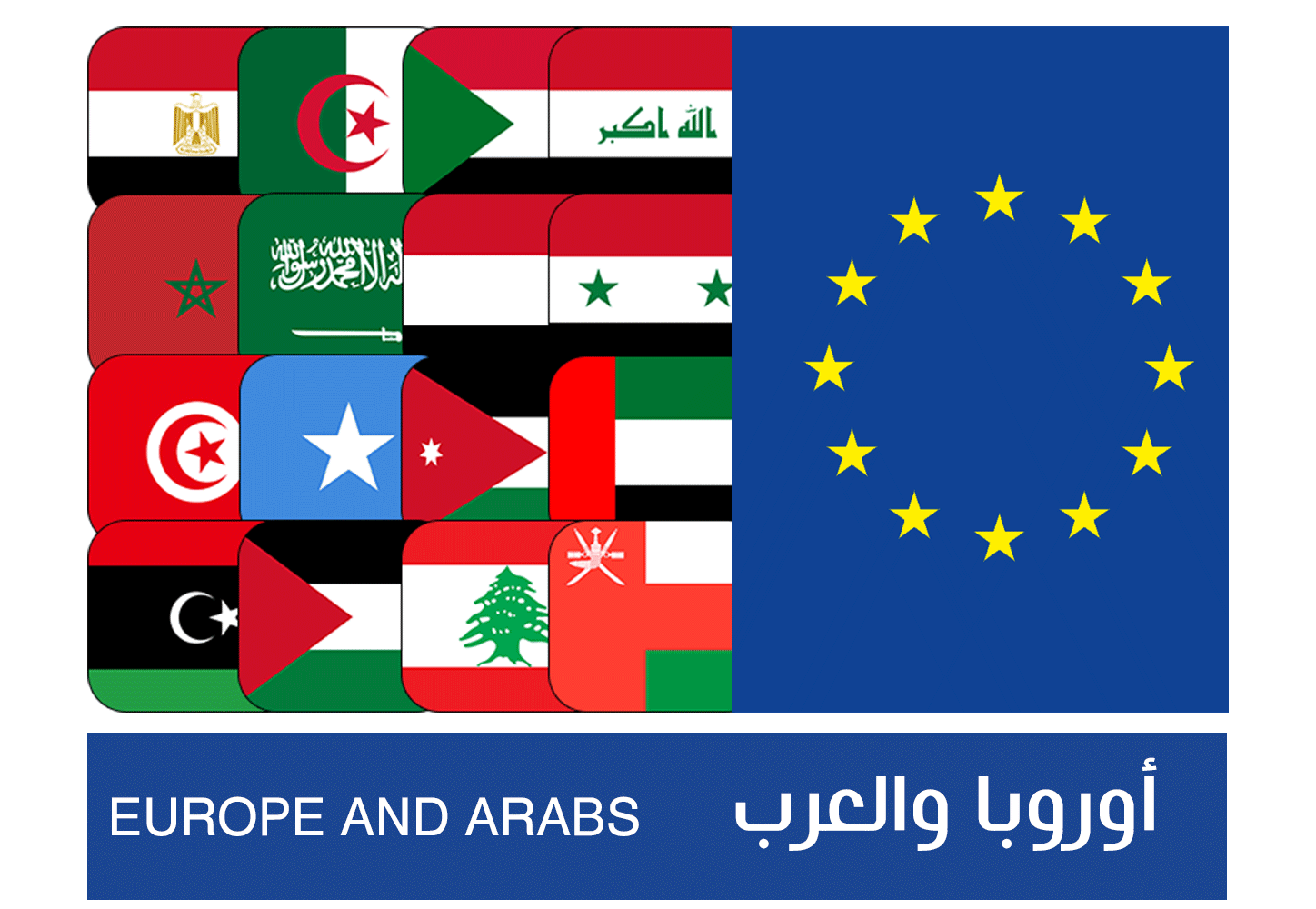


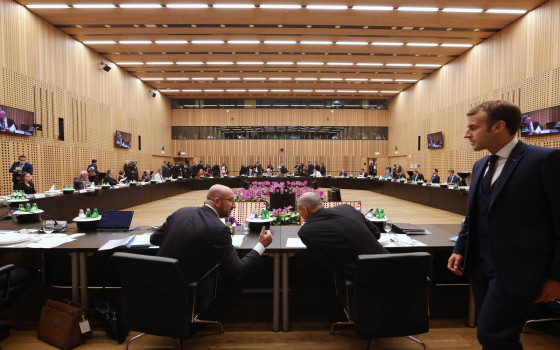
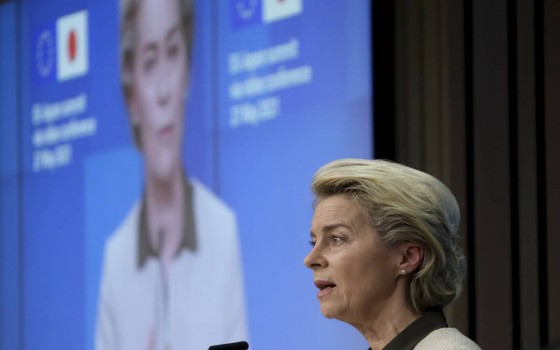
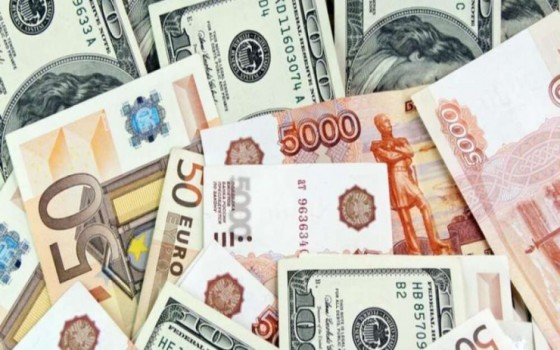
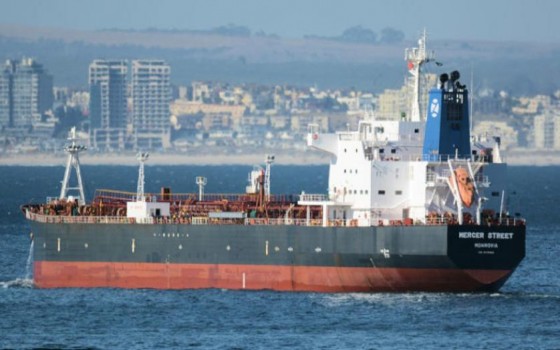
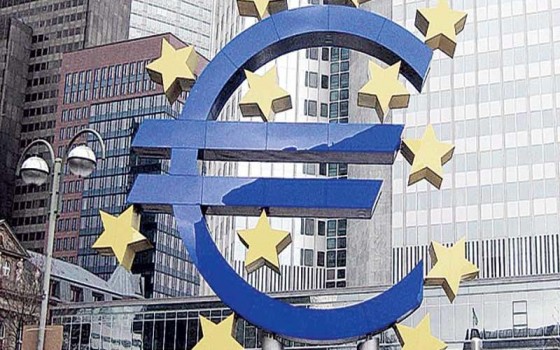

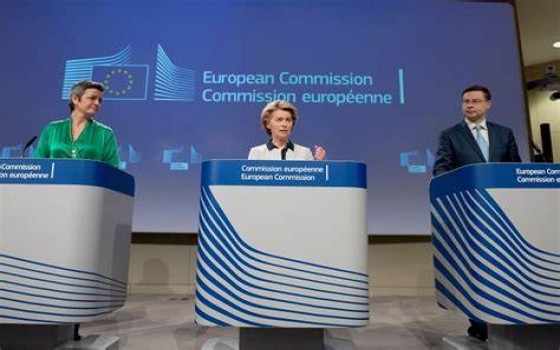
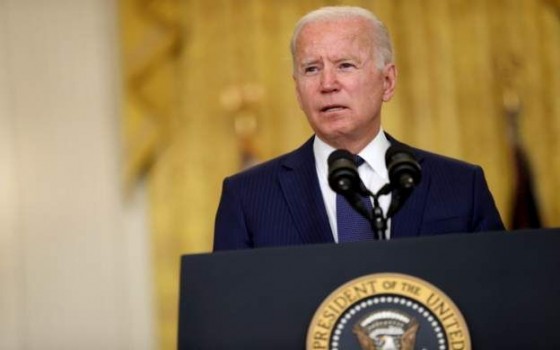
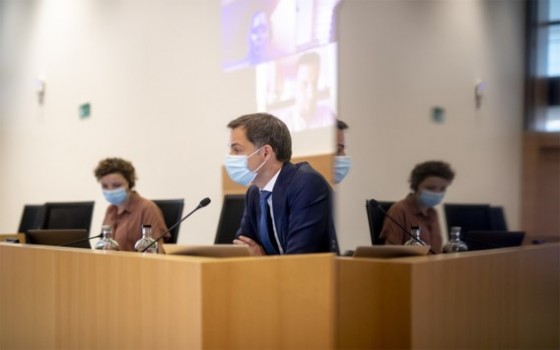
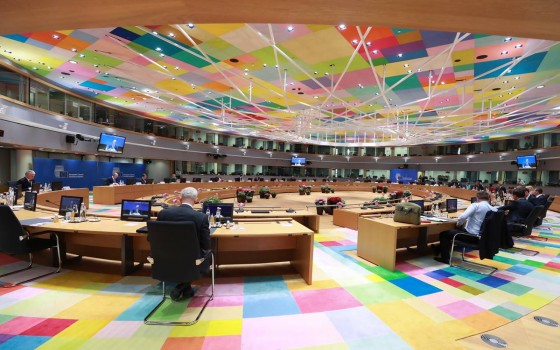

No Comments Found